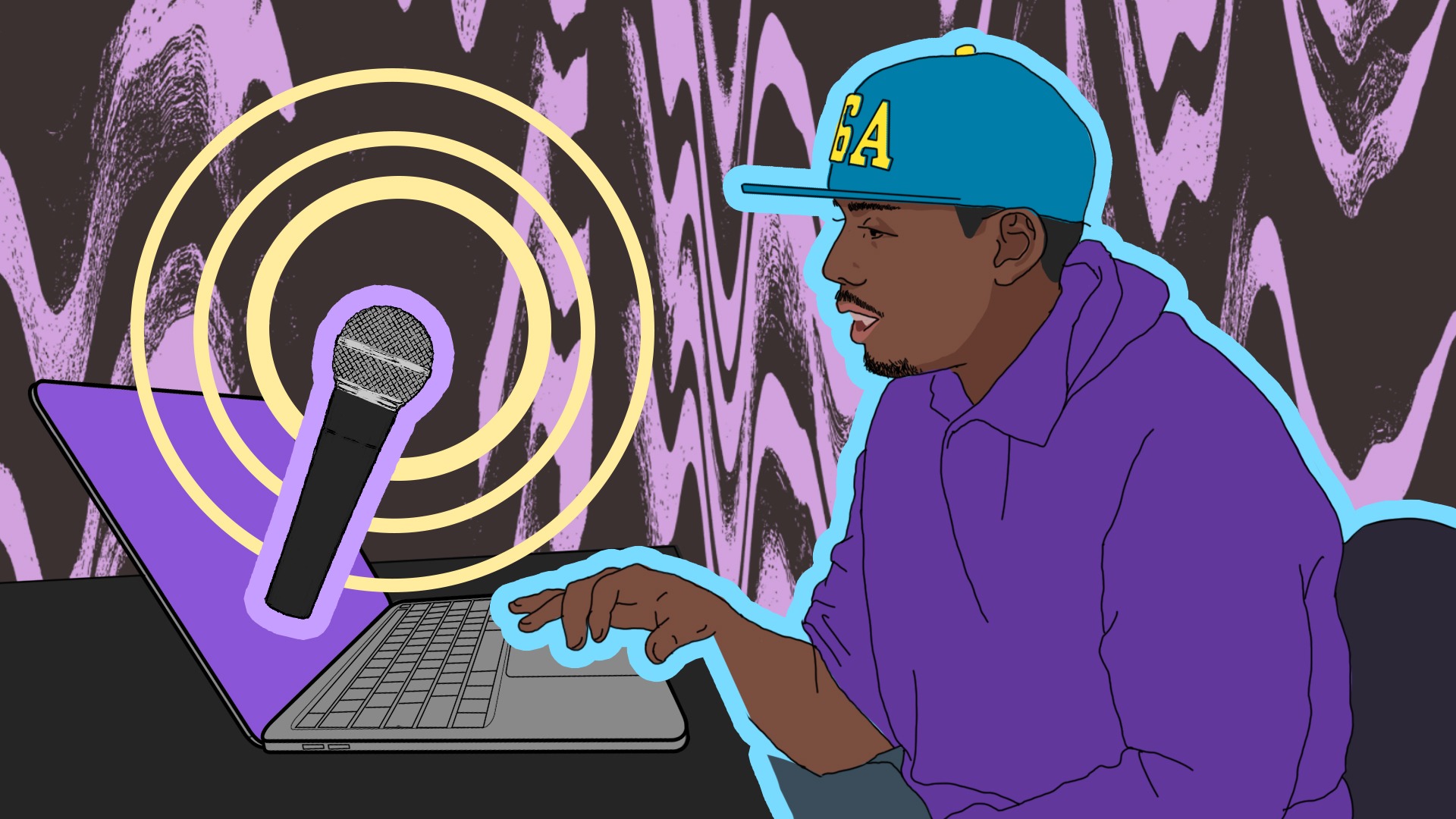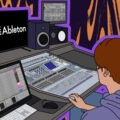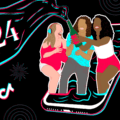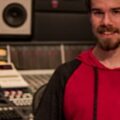In the first part of our Sean Paine (credits: Gucci, Future, Young Thug, 2Chainz, Migos, Fetty Wap, Waka, Sosa) Workshop series, we took a look at how the renowned engineer gets wider reverbs using the S1 Stereo Imager. For this article, we’ll be looking at Sean’s tips on how to remedy distorted vocal tracks.
Imagine you’ve been hired to record a singer/rapper who you’re working with for the first time. You’ve set everything up and are ready to nail the session. It’s going well until the singer/rapper unexpectedly decides to belt it out during the hook and clips the converters! All that you’re left with now is a distorted track.
How can you fix a distorted track?
Technology in audio is rapidly evolving, and companies are routinely working on new products that range from removing the sound of clicks to repairing distortion, even offering software that can delete the room ambience from a source. When it comes to audio restoration, arguably one of the best companies is IZotope. But what if you don’t have to repair the audio and can instead use the distortion to your advantage?
One of the two to techniques that Sean uses to hide a distorted track is simply to distort it even more! For example, if you’re recording a rock/metal/indie style of vocals, you can saturate the vocals more to create an even tone. When it comes to plugins for distortion, Sean recommends using the Decapitator – his go-to plugin for any saturation. It offers 5 analog emulations, High/Low pass filters, an EQ, a gain knob, and when you need more, there’s the Punish Mode! The best knob on this plugin, which is the must-have on any product in today’s market, is the Mix knob. You can drive the plugin extra hard and then dial back the mix knob to get a blend of the original vs. the processed sound.
Alternatively, if you happen to distort a hook or an ad-lib, you can try creating a telephone effect on the vocals to fool the listener into thinking that the sound was done purposefully. To achieve this effect, all you need is a basic EQ with a Low and High pass filter. According to Sean, generally you would roll off the highs all the way down to 2 kHz or 1 kHz, and cut the lows up to 300Hz, maybe 400Hz. Your end goal is to have this mid-rangy sound without any lows and muffled highs, which would in turn cause the distortion to be masked as part of the effect. You can achieve this effect with Decapitator as well, add some saturation, and play around with the mix knob.
What can you do when you don’t want distorted vocals?
If the worst case scenario has happened and your song does not call for this effect, you once again still have two solutions. Sean says that you can try to repair a mix with distorted vocals using such tools as the IZotope RX plugin. But, keep in mind, even plugins have their limitations; over-using these plugins can cause the source to sound out of phase, robotic, and generally off-putting, which would then force you to your last resort; if the production calls for a clean sound, no crazy effects or saturation, and RX does not work, you have no choice but to re-record the vocal tracks.
How much is too much?
If the production calls for a clean sound and RX isn’t option, don’t use distortion and also re-record your source. If the production allows you to get away with using these techniques, then you can definitely be creative with it. However, don’t apply the effect on every track; one, maybe two, is fine. You can have the lead vocal centre, two dubs panned left/right, and a telephone track panned centred or off to the side. Each production will have its own sound, and you must respect that sound without overdoing it. At times that means you’re restarting from scratch.
Check out this quick video of Sean explaining how and why he uses distortion on some tracks.
Remember: when the worst happens during sessions, don’t panic, be creative!
Happy Mixing!
Questions, comments, or article requests? Shoot us an email to [email protected]
Illustration by Yihong Guo





















